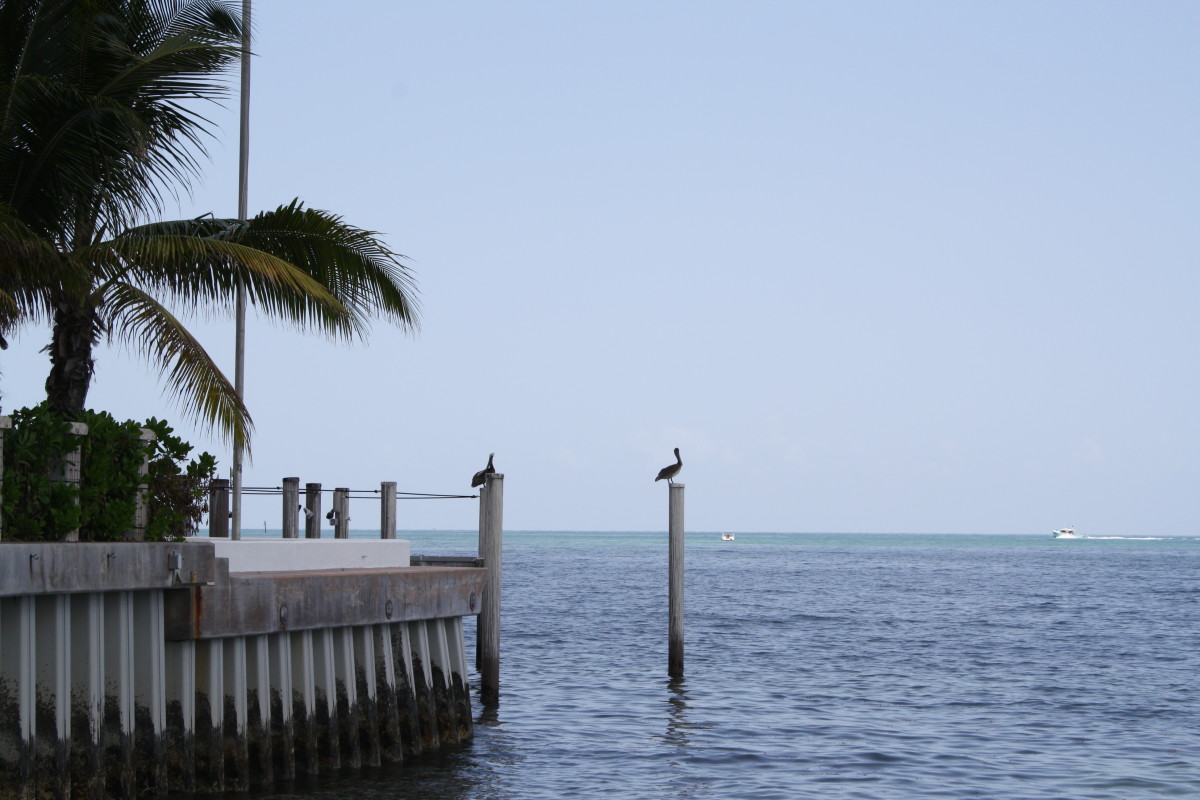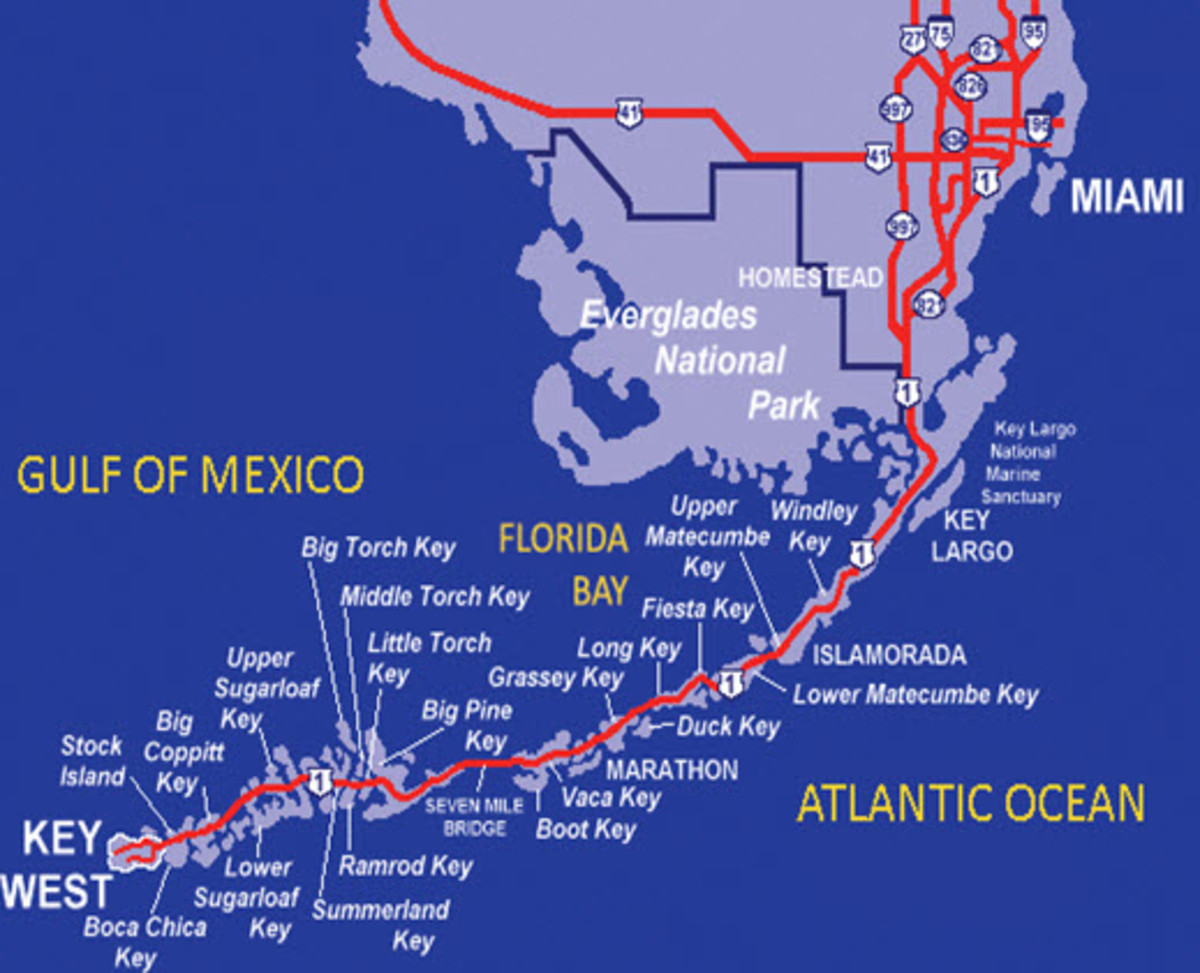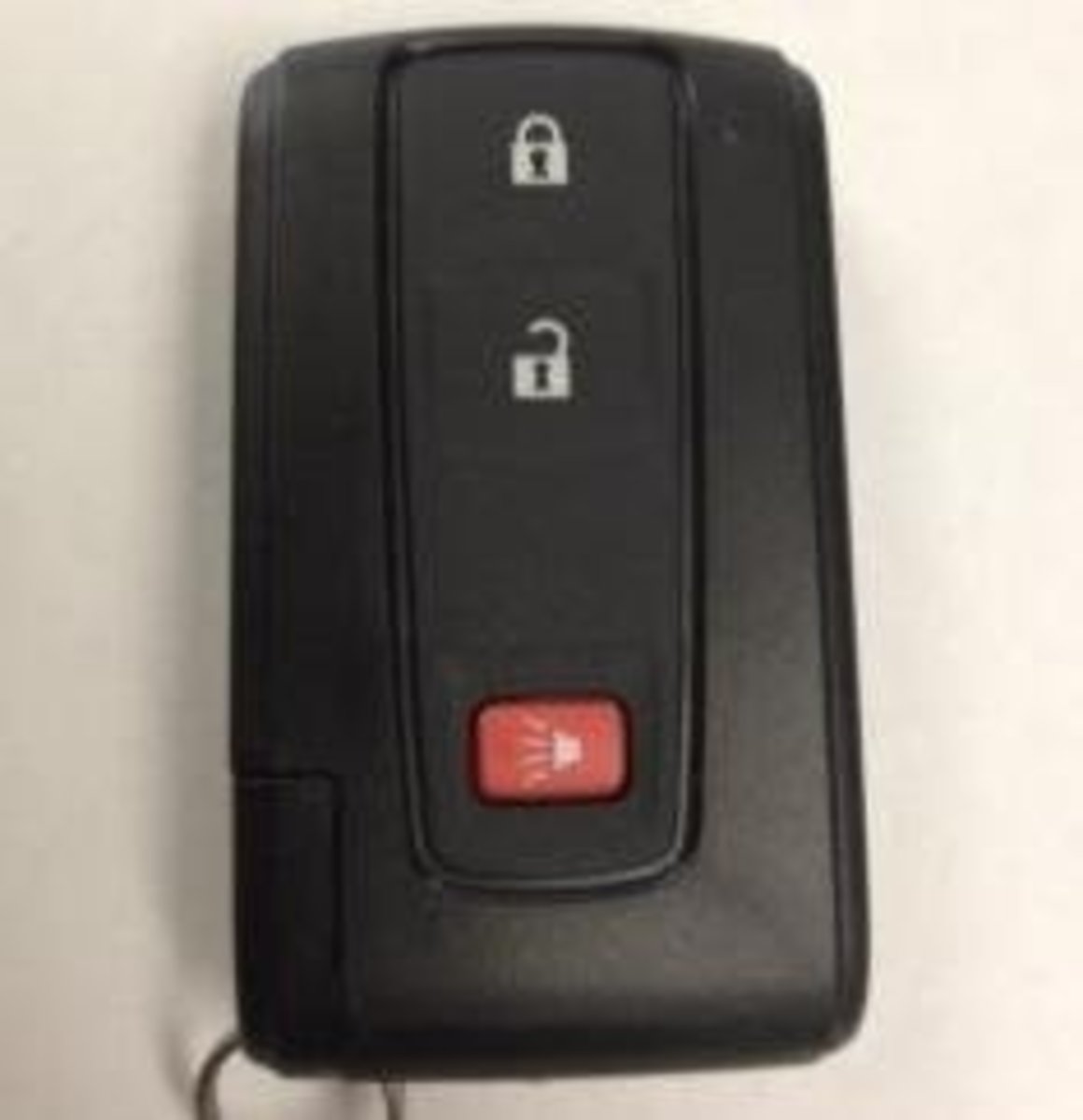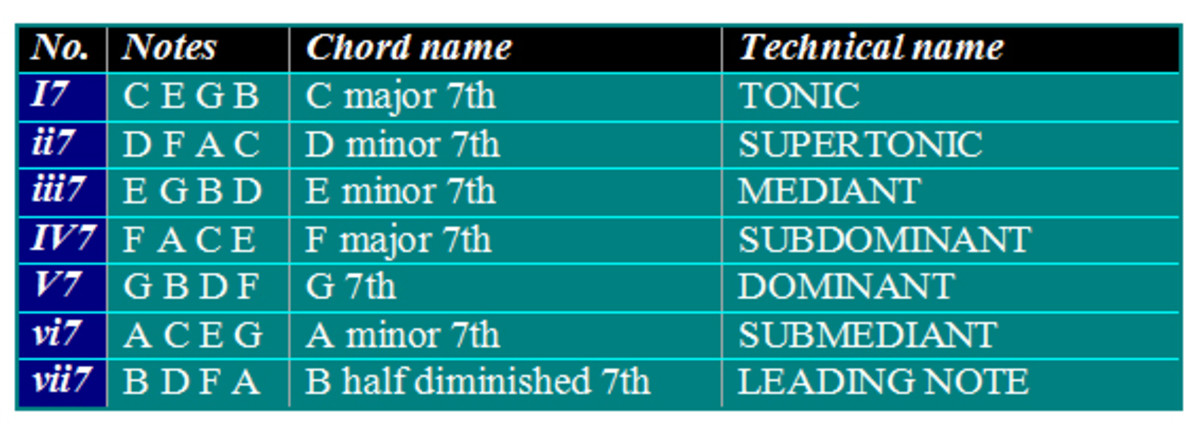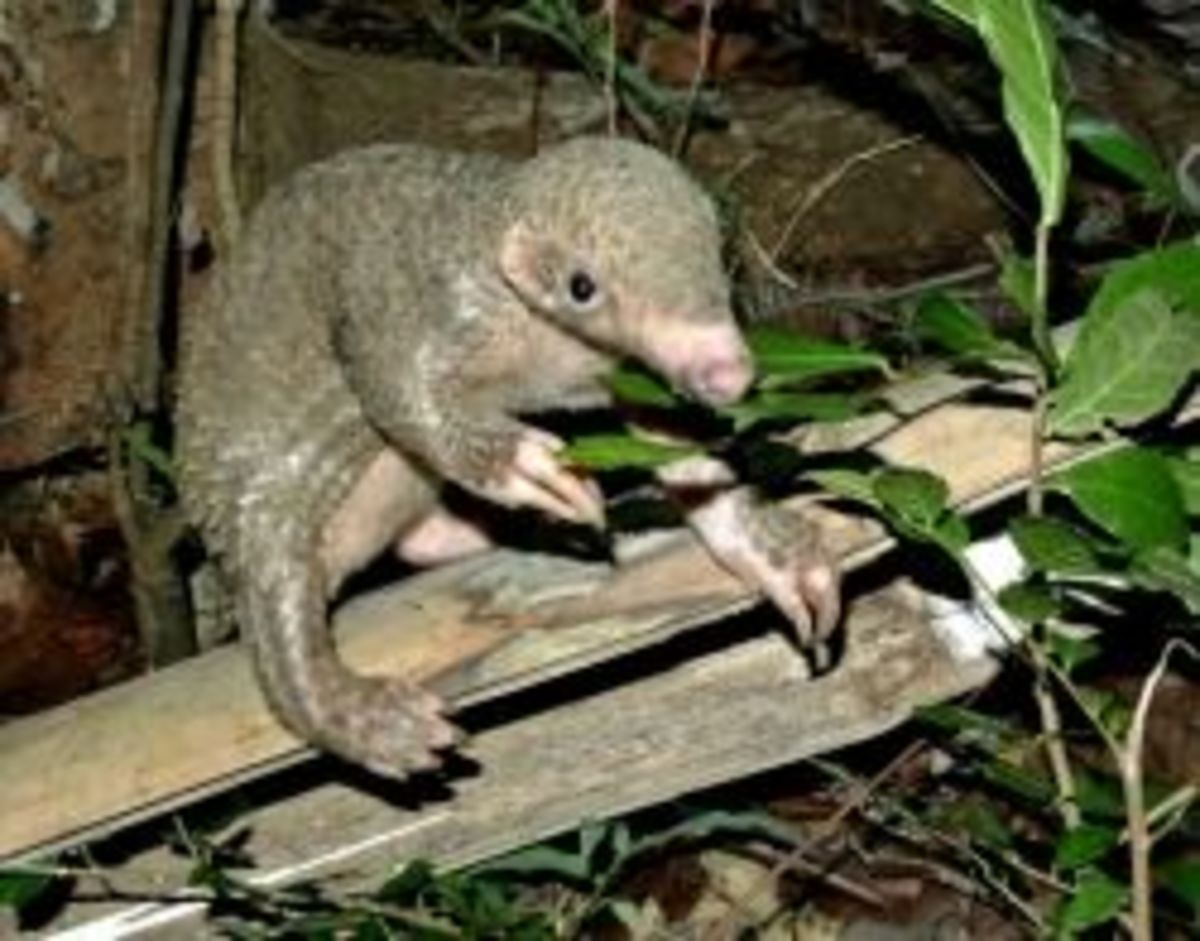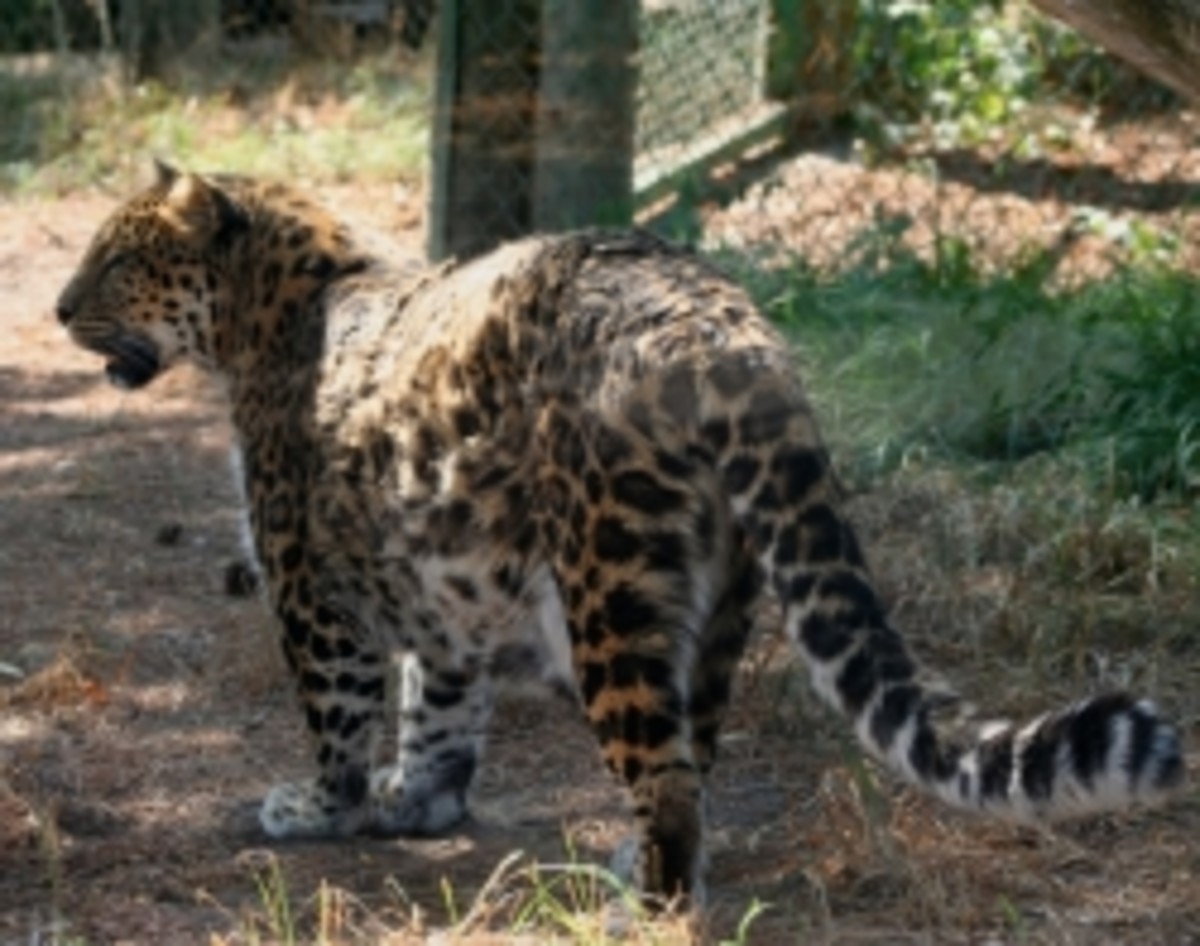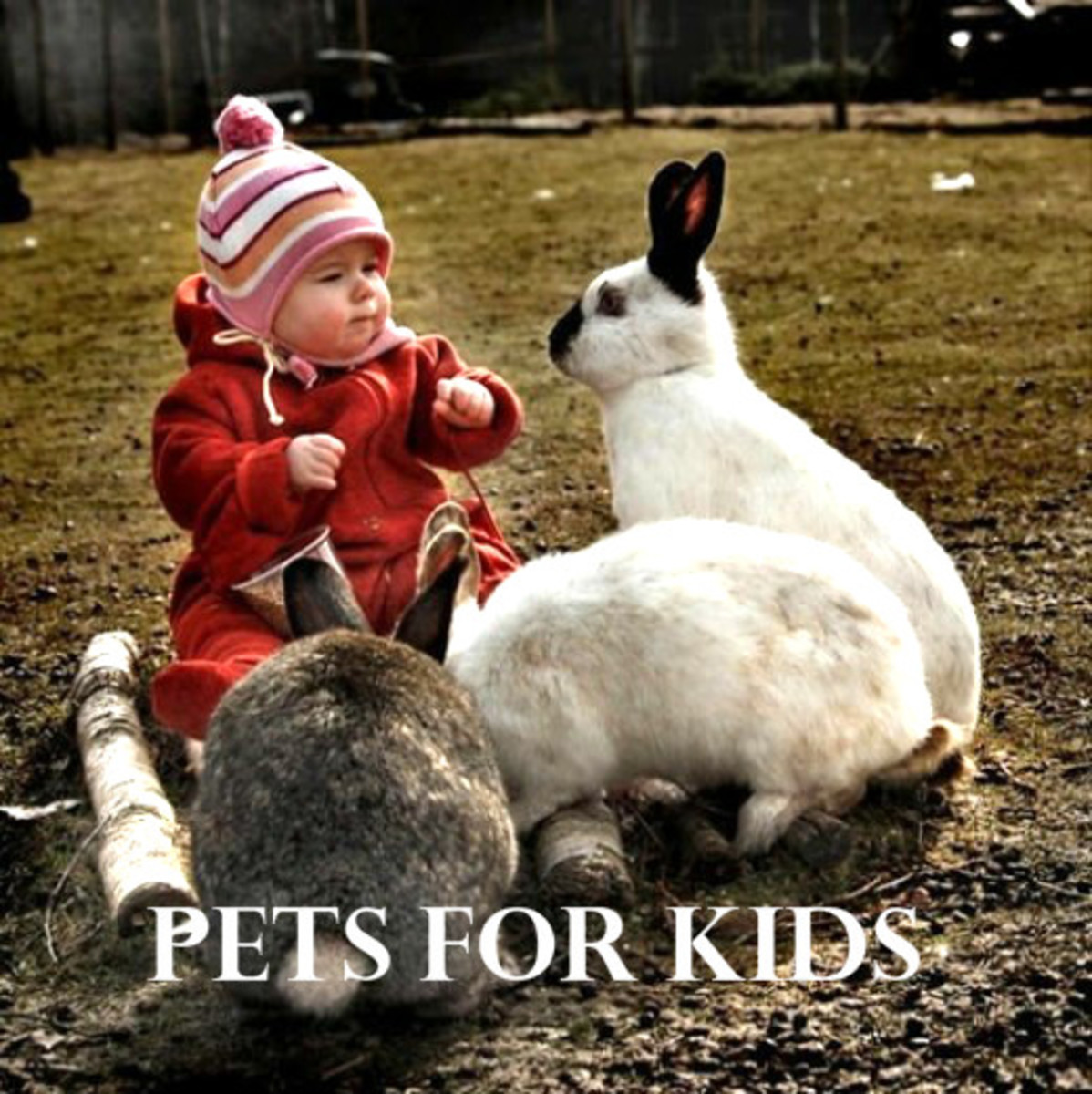Key Deer
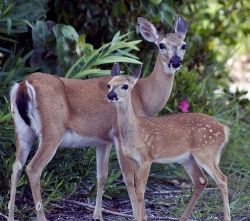
A Look into the Rare Deer Subspecies from the Florida Keys
The Florida Key Deer in one word is tiny. It's the size of a medium-sized dog, confined to a small area of the Florida Keys, and numbers in only about 700-800. These numbers make it an endangered species. A subspecies of Virginia White Tailed Deer, it is the smallest of its kind. The origin of the deer is unknown, however it is popular belief that a variation of the deer migrated over a land bridge created by the Wisconsin Glacier thousands of years ago.
Photo of Key Deer by emmcnamee on flickr, licensed under Creative Commons 2.0.
The most distinctive feature of these deer is one thing: their size. They measure only about 30" tall at the most, and this is for a full-grown buck. This full-grown buck will be between 50-75 lbs. Females will be only about 2 feet tall!
Key Deer can be identified by their light brown fur coat with white spots. According to the Key Deer Research Project, the Key Deer herd has been split into semi-domesticated "urban" and "wild" deer.
Rutting (mating) season activities, spurred by the decreasing hours of daylight, begin in September, and are at their height in early October, then decreasing through November and December. It is not unusual to see breeding as late as February. Gestation period is 204 days, fawns being born April through June. Fawns will weigh 2 to 4 pounds. The deer's antlers are dropped February through March, beginning to regrow almost immediately so that by June, bucks with 2" stubs are seen. The antler growth is completed by August, and velvet is rubbed and kicked off in early September.
Key Deer Links
- National Key Deer Refuge
The National Key Deer Refuge helps protect and preserve Key deer and other wildlife resources in the Florida Keys. - The Key Deer Research Project
This study promises to provide a better understanding on the effect of urban development on Key deer movements, habitat use, and behavior. - Key Deer Battles!
Watch videos of Key Deer battling for supremacy! - Key Deer Photo Gallery
See photos of Key Deer here!
Good Swimmers?
Key Deer, like most deer, can swim, and will when they need to. They can swim short distances and can hop between islands without getting too tired out. Imagine that sight!
Key Deer are located between Bahia Honda Key and Sugarloaf Key, according to most reports. Key Deer can also swim. Small amounts of brackish water can be tolerated, however, fresh water is essential for their survival. Native plants like red and white mangroves, hibiscus, or thatch palm berries remain their favorite foods of choice, however, if food is scare, they have been known to dine on non-native, decorative plants.
Key Deer give birth to approximately 1.08 doe a year on average, usually mating in the fall months. At this rate, they are increasing at about 1-3% per year.
The Key Deer is also hurricane-resistant...well, sort of.
Okay, they aren't, but read this: A report from Texas A&M that used radio collars to track movement, behavior and trends of these animals concluded that Hurricane George resulted in only one Key Deer death from drowning! If you've ever been to the Florida Keys, you know how flat the land is, and how much it can flood. This is an impressive number!

Living Amongst People
Can Key Deer and humans coexist?
Hunting of Key Deer, which brought about their endangered status, was banned in 1939. Key Deer are often unafraid of humans, due to their frequent contact with man on the small islands. Roadside feeding on Big Pine Key has contributed to luring the tiny deer towards the busy roadway, as well as concentrating the population into one small area, increasing risk for parasites and disease.
The Florida Keys, being small in size, have only one major roadway running through the middle of the islands (US Route 1), connected via bridges. The Key Deer naturally crosses this roadway frequently. This has lead to a staggering 30-40 kills per year (70% of all of the deaths of Key Deer). Though feeding is discouraged, it has been tough to enforce. Recently, an elevated roadway on Big Pine Key has been constructed, complete with a tunnel for the deer to travel under. Unfortunately, the mortality rate from roadkills has not decreased. A large fenced-in area has also been constructed.
What can you do to safely view Key Deer if you're in the area? According to keysdirectory.com, "Instead of stopping along a busy section of state highway, officials recommend that visitors travel to the north end of Key Deer Blvd. or to the east end of Watson Blvd. on No Name Key. This area is part of National Key Deer Refuge and offers safe viewing."
Did you know before reading this that Key Deer are endangered?
GO SLow!
When traveling through the Florida Keys, be sure to go slow and stay alert, especially at night, when Key Deer are very active. Most Key Deer deaths are the result of car strikes, so be careful in the middle islands between Bahia Honda Key and Sugarloaf Key.
You can donate to the Key Deer Protection Alliance to help save the Key Deer from extinction. The Key Deer Protection Alliance believes that presentation of factual information will foster positive attitudes toward current and future protective measures for the deer.
You can also donate to FAVOR, Friends and Volunteers of Refuges here. The Mission of FAVOR - Florida Keys is to support the National Wildlife Refuges of the Florida Keys through Education, Volunteerism, Non-Adversarial Advocacy and Fundraising.
Please note I am not affiliated with these organizations, but fully support their causes!
P.S. - You can also find the author of this page on Tumblr.


